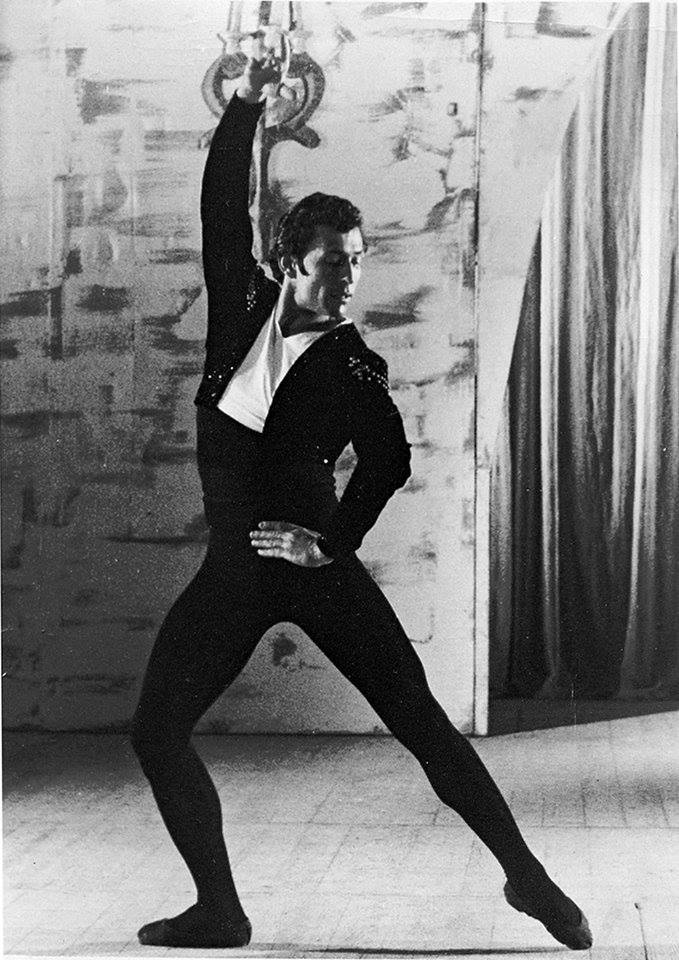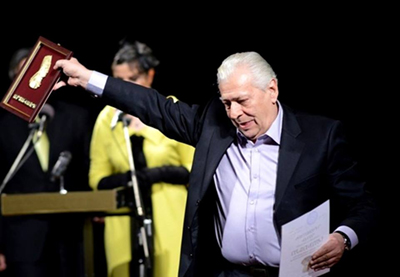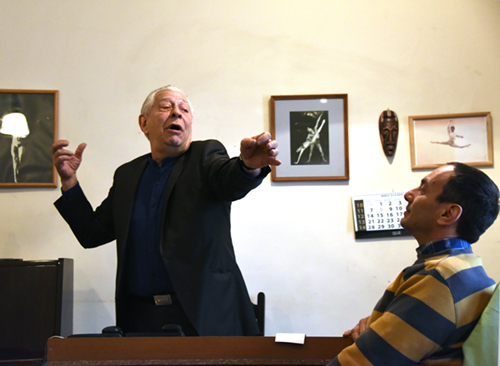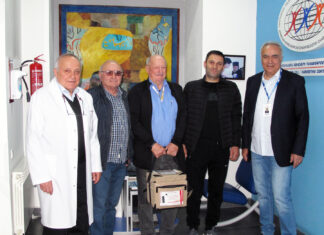YEREVAN — The name Vilen Galstyan encompasses a whole epoch in the story of Armenian ballet.
Born on February 12, 1941 in Yerevan, Galsytan graduated from the Yerevan Choreographic School. He started to perform at the Spendiaryan Opera and Ballet Theater, quickly becoming the central figure of Armenian ballet. He danced at the Bolshoi Theater, in England, France, the US, Sweden, Japan, as well as in numerous cities of the Soviet Union. Professor Galstyan is a People’s Artist of Armenia, winner of gold medals at the International Competitions in Varna (1968) and Cairo (1971), laureate of the State Prize of the Armenian SSR, holder of the Orders of Movses Khorenatsi and Mesrop Mashtots.
He graduated from the balletmeister department of Moscow Theater Institute, and went on to stage ballets in Egypt, South Korea, Uruguay, Russia, often with his wife, ballerina and dance teacher Nadezhda Davtyan (1951-2019).
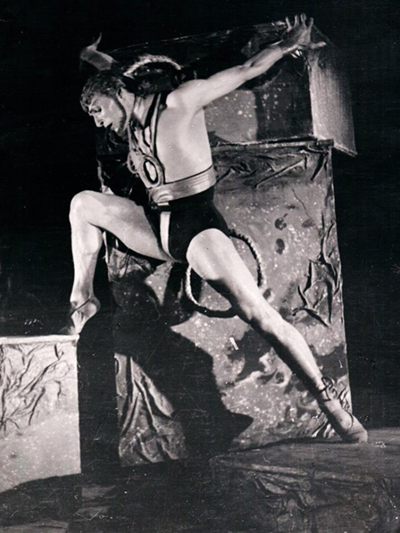
For years since 2014, Galstyan has been the chief choreographer of Spendiaryan Opera and Ballet Theater, as well as the director of Yerevan Choreographic College.
In 2000, he founded the balletmeister department at the Yerevan Institute of Theater and Cinema.
And as if his services to art were not enough, he passed on his artistic talents to his children, daughter Juliet and son David, who today hold aloft the name of Galstyan on the international stage, the former as an opera singer (in Switzerland), the latter as a ballet dancer (in France).





